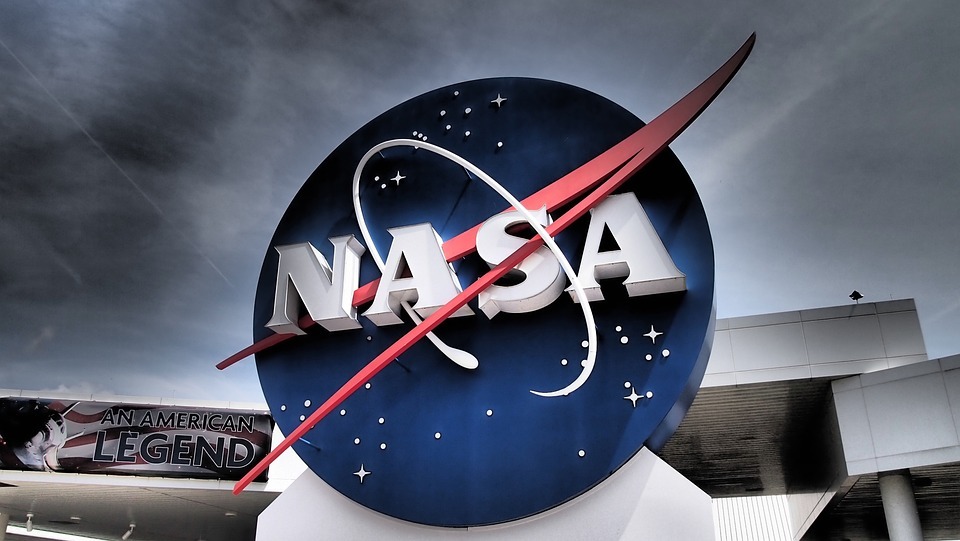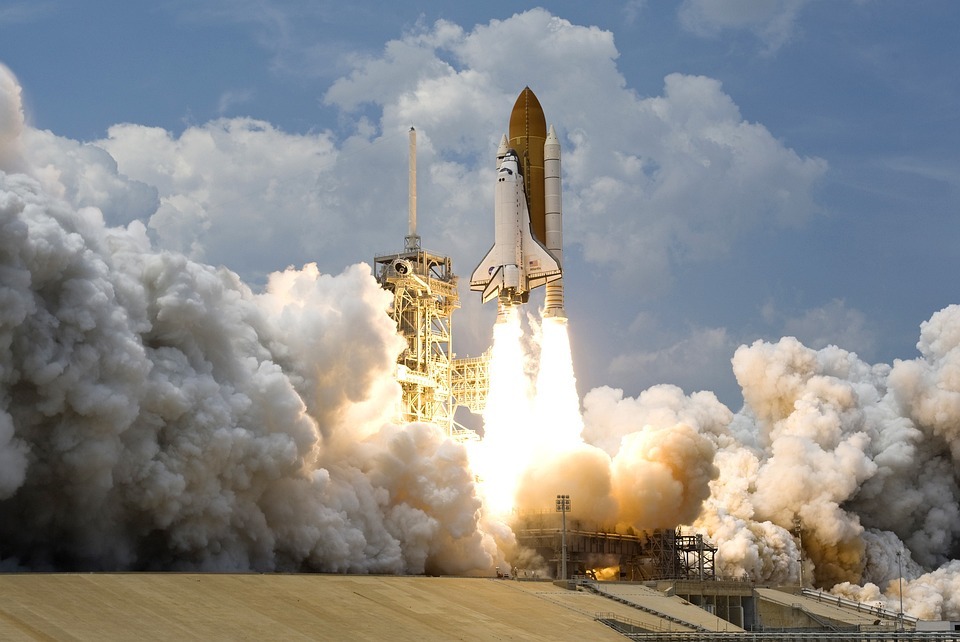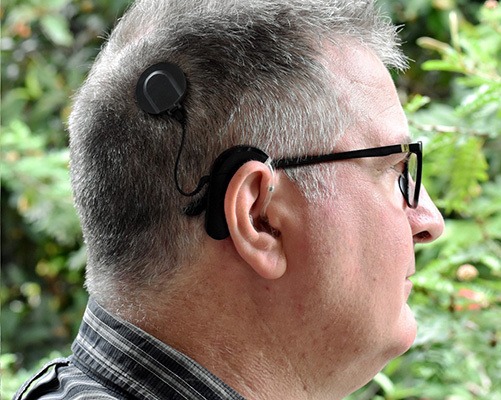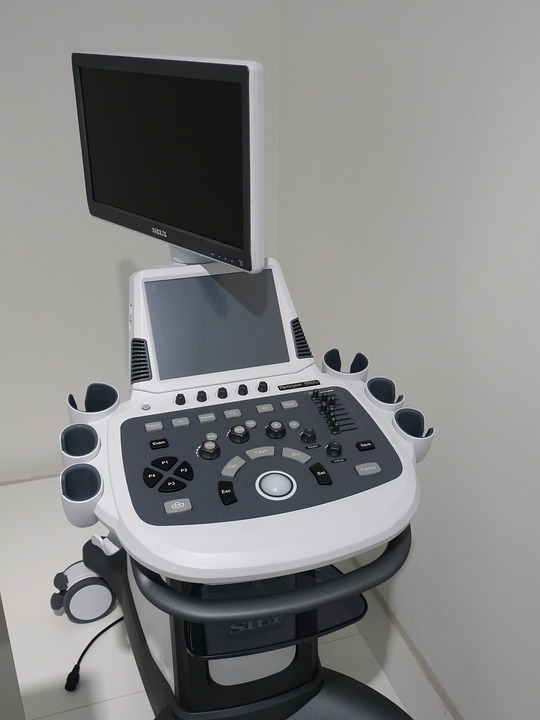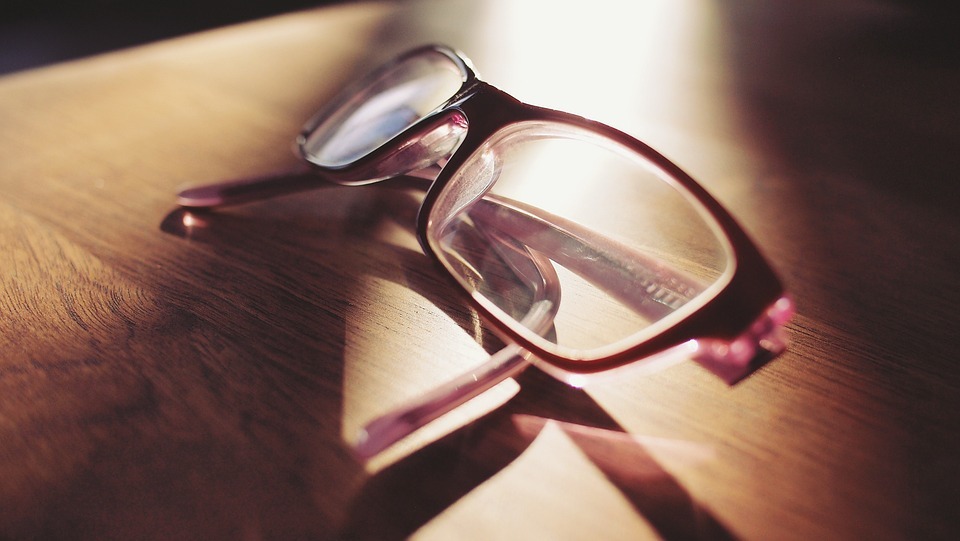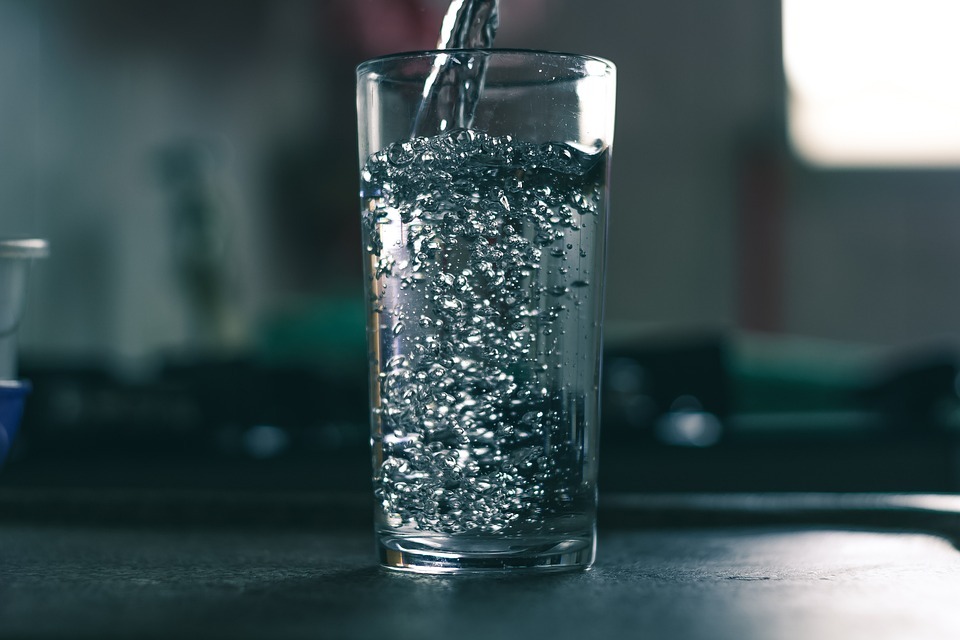NASA has been at the vanguard of space exploration since its founding in the late 1950s, pushing the boundaries of human knowledge and expanding our understanding of the universe. NASA has not only journeyed into space and beyond but has also made some of the most significant scientific advances of the modern age through a succession of ground-breaking missions. NASA’s space program has had a major impact on the world of science and technology, from producing cutting-edge technologies to discovering new planets and unraveling the secrets of our own planet. Let’s look at some of the key scientific breakthroughs that have resulted from NASA’s space program and how they have altered the path of human history.
1. Environment Remediation
After launching shuttles into orbit, the launching pad and surrounding area are left with a slew of fuel and chemical waste, including the hazardous component trichloroethylene (trike), which is known to cause health problems and takes a long time to degrade naturally in the ground.
The situation became problematic when it was discovered that cleanup was not a priority during the peak of NASA’s shuttle program prior to the mid-1970s, and trike waste was simply dumped into the ground with the assumption that the compound would evaporate. However, NASA scientists Jacqueline Quinn and Kathleen Brooks Loftin developed a technique to break down the garbage, which received the agency’s commercial and government Invention of the Year awards in 2005.
The solution, known as emulsified zero-valent iron, can be put into groundwater to neutralize toxic compounds that are harmful to the environment. This technique has easily migrated into commercial markets, with chemical, manufacturing, and oil industries acquiring the solution to rehabilitate land contaminated with harmful substances from their operations. In fact, the solution has grown so popular that it is now the agency’s most licensed technology as of 2010.
2. Cochlear Implants
In the late 1970s, Adam Kissiah Jr., a hearing-impaired engineer at NASA’s Kennedy Space Center, became aware of the limits of standard analog hearing aids. He applied his understanding of NASA’s developments in electronic sensing systems to develop a new sort of hearing aid that would stimulate auditory nerve endings with digital pulses and relay messages to the brain. He collaborated with BioStim to create the gadget, which has since been improved by various manufacturers.
Over 219,000 patients have gotten cochlear implants since their introduction, allowing people who have been deaf since birth to hear for the first time and restoring hearing to those who have lost it due to trauma or disease. This application of space technology has had a huge influence on the lives of people like Mike Scheerer, who, for the first time, heard birdsong after having a cochlear implant in 2009.
3. Essential Infant Formulas
NASA financed research in the 1980s to develop a long-duration space travel life-support system. Microalgae have been discovered to be useful for producing oxygen, removing waste, and giving nutrients. In 1985, the project’s scientists established Martek Biosciences Corporation to develop nutritional supplements. Their products, life’s DHA and life’s ARA, are added to more than 90% of infant formulae sold in the United States and formulas marketed in 65 other countries, offering considerable health benefits to newborns in the areas of brain, eye, and heart development.
Martek Biosciences Corporation was able to generate life’s DHA and life’s ARA, two nutritional supplements manufactured from microalgae and utilized in newborn formulae globally, thanks to NASA’s study. These nutrients, which were previously solely found in human breast milk, are beneficial for the development of infants’ brains, eyes, and heart health. This advancement was made possible by NASA’s creative funding in the 1980s to develop a long-duration space flight life-support system that was sustainable, efficient, and required low maintenance.
4. Coating with Anti-Corrosion Property
The rusting of equipment at NASA’s Kennedy Space Center and other coastal sites is a problem caused by saltwater-laden ocean spray and fog. In the 1970s, the agency’s Goddard Space Flight Center devised a remedy by coating the equipment with a protective layer of zinc dust and potassium silicate. In the early 1980s, Inorganic Coatings Inc. exploited the notion to create a nontoxic, water-based coating, IC 531 zinc silicate, which has been used to help prevent further corrosion of bridge girders, oil rigs, and even the Statue of Liberty.
The coating dries quickly (30 minutes) and easily bonds with steel, resulting in a durable, ceramic-like finish. The most significant application of this coating was to protect coastal equipment from rusting, including NASA’s launch structures. The IC 531 coating has also been employed in other industries, such as the exteriors of US Army tanks and dock equipment.
5. Memory Foam
In the early 1960s, aeronautical engineer Charles Yost developed a particular sort of plastic foam that could bend and absorb considerable pressure before returning to its former shape. The foam, advertised as “temper foam,” makes sitting for long flights more pleasant by allowing for an equitable distribution of body weight, according to the researchers. Since then, memory foam has made its way into a variety of uses, including football helmet lining, high-comfort insoles, hospital mattress cushions, and wheelchair seats.
Companies are constantly finding new applications for memory foam and its offspring. Some companies utilize memory foam to produce inflatable bumper rafts that don’t sink for theme park rides, while others use it to make horse saddles or prosthetic bracing for injured animals.
6. Special Cardiovascular Diagnosis Equipment
Since the mid-1960s, scientists at NASA’s Jet Propulsion Laboratory have been creating video imaging software that allows for better and more vivid views of planets and other astronomical objects. The technology has recently been licensed to a commercial business, Medical Technologies International, resulting in ArterioVision software, which may detect early signs of atherosclerosis through noninvasive carotid artery inspections.
ArterioVision, when combined with ultrasound technology, can detect cardiovascular illness early on, allowing for early intervention and lifestyle adjustments to combat the disease. The program is available in doctors’ offices in all 50 states of the United States. Additionally, NASA has developed tools to better the lives of hearing-impaired people all across the world.
7. Portable Breathing Systems for Firefighters
NASA and the National Bureau of Standards collaborated to create lightweight aluminum composite materials for breathing system components used in the United States Space Program.
This technology was used to develop a portable breathing apparatus for firefighters in the early 1970s, weighing slightly more than 20 pounds and featuring a new face mask with improved peripheral vision, air-depletion warning technology, and a more comfortable frame and harness that shifted the weight load to the hips.
8. Eyeglass Lenses that are Resistant to Scratches
Before the 1970s, most eyeglasses were composed of glass, which made them heavy and posed a risk to the wearer’s vision if the lens cracked on impact. As a result, the United States Food and Drug Administration ordered in 1972 that all prescription lenses and sunglasses be shatter-resistant, creating more durable plastic lenses. While plastic lenses provided better optics and absorbed UV radiation more effectively than glass lenses, they were also more prone to scratches.
While working on a water filtration system for spacecraft at NASA’s Ames Research Center, NASA scientist Ted Wydeven devised a solution. Wydeven used an electric discharge of an organic vapor to coat a filter with a thin, plastic film, resulting in a surprisingly durable covering. NASA then took this notion and applied it to the development of an abrasion-resistant covering for space helmet visors and aeronautical equipment. Foster-Grant, a sunglasses producer, introduced the scratch-resistant coating in 1983, and it has since become widely used in spectacles.
Most eyeglasses sold in the United States today include plastic lenses that can last up to ten times longer than traditional glass lenses. People may now wear sturdy and scratch-resistant glasses thanks to Wydeven’s revolutionary solution, which improves their quality of life.
9. Water Filtration Systems
NASA has created special water filters to ensure that astronauts have access to clean water while in space. Iodine is used in these filter cartridges to purify the shuttles’ water supplies. The Microbial Check Valve technique has been adopted by municipal water plants, paving the path for additional methods of filtering water for human use. This method is particularly useful in locations where pollutants have contaminated groundwater supplies. NASA has continued to advance its water research by developing machines that can recycle human waste, such as urine, into safe consumable water for astronauts. This technique could be used to deliver water to humans on a future Mars expedition.
Water filtration technology improvements have resulted from the necessity for fundamental requirements in space flight. Water is essential for living, and NASA has worked hard to ensure that astronauts have access to it. The technology developed for the space program has benefited the Earth by supplying safe drinking water to regions where groundwater has been contaminated. NASA’s ongoing study in this field demonstrates that advances in space technology can have a profound impact on life on Earth.
10. Charge-Coupled Device
NASA’s Hubble Space Telescope employs a cutting-edge technology known as charge-coupled devices (CCDs), which allows light to be converted into data. NASA developed CCD technology in 1997 for Hubble to capture high-quality photographs of cosmic occurrences. CCDs transform light energy into digital images in a simpler and more exact manner than other imaging technologies.
LORAD Corporation developed a new way of screening female patients for breast cancer using NASA’s CCD technology. Doctors may now do more precise testing and spot areas of concern in the human body with greater detail because of CCD technology. As a result, women may be able to undertake less intrusive and less expensive surgery than alternative techniques. A breast cancer diagnosis has become more efficient and less stressful for patients as a result of this new medical use of technology.
NASA’s space program has not only enhanced our understanding of space and the cosmos, but it has also made substantial contributions to medical, technological, and environmental breakthroughs on Earth. NASA’s space program has left an unmistakable influence on modern society, with advancements ranging from scratch-resistant eyewear to water-purifying devices. The extraordinary work of NASA scientists, engineers, and other professionals demonstrates the power of exploration and discovery in driving progress and improving our planet.

